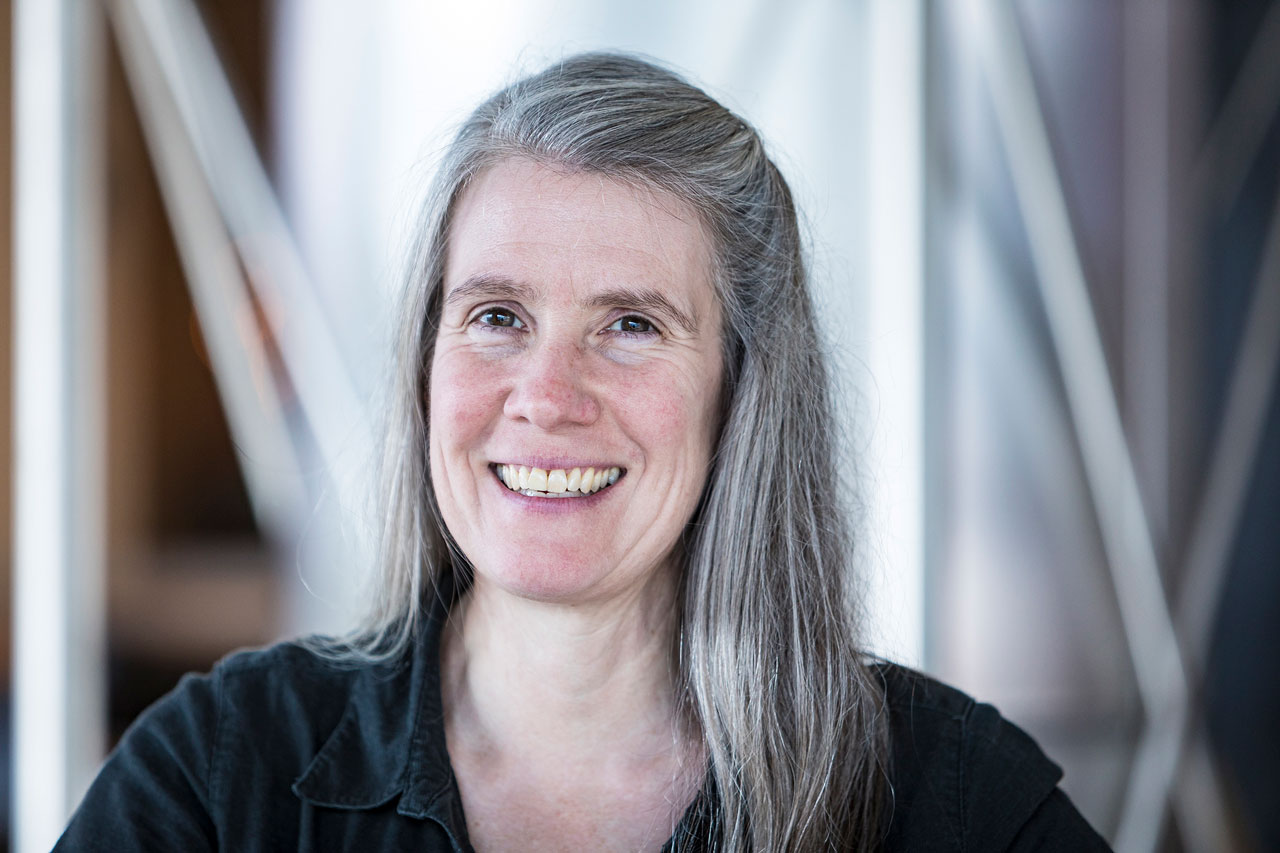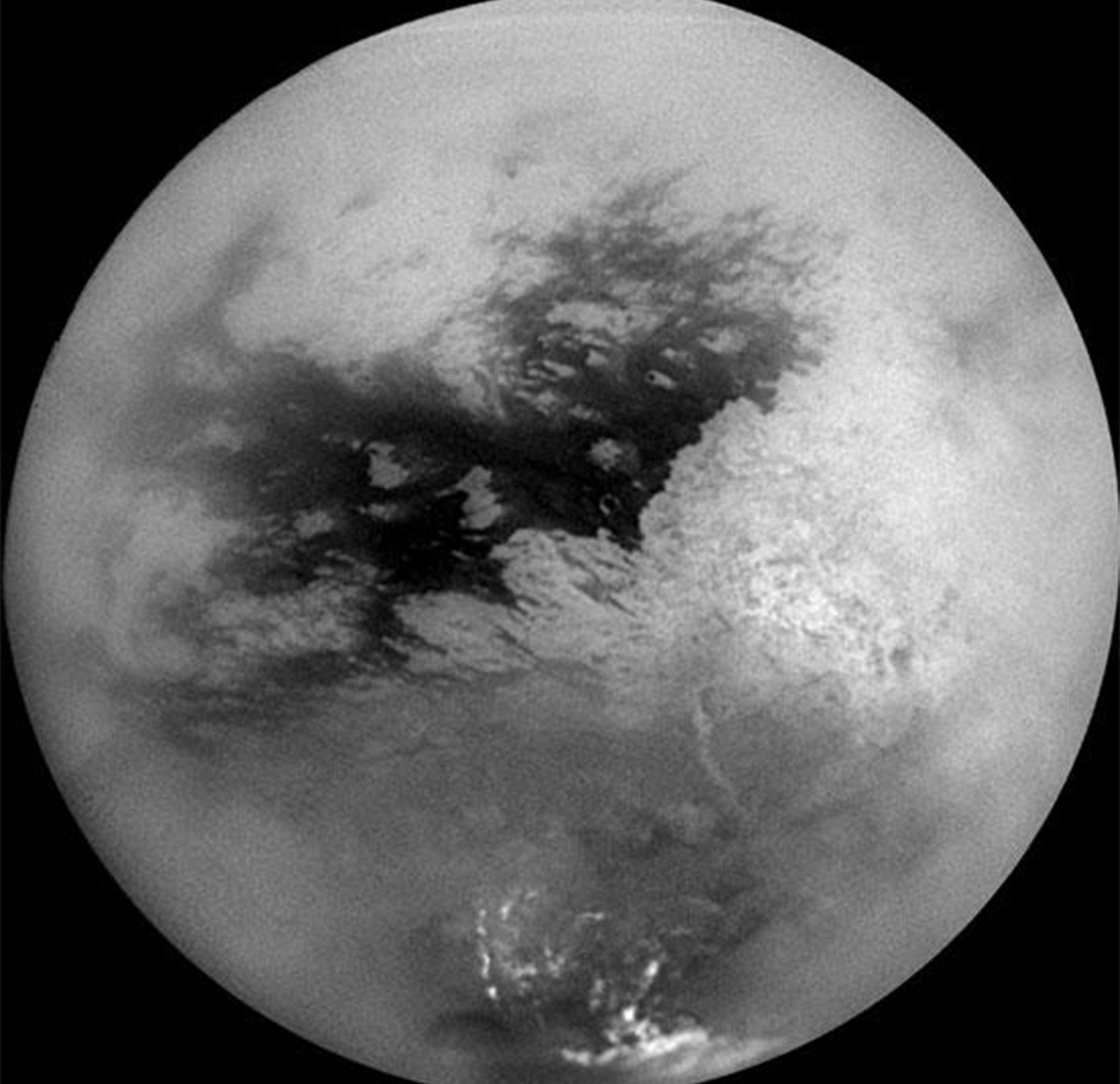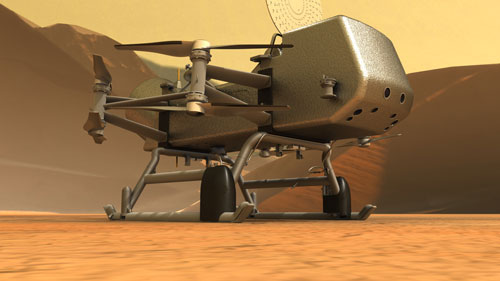
Elizabeth “Zibi” Turtle
Scientist - Johns Hopkins University Applied Physics Laboratory
I grew up in Wellesley, Massachusetts, and went to college in Cambridge. I attended graduate school in Tucson, Arizona, and I stayed on as a postdoc and then moved into a research faculty position. I lived in Arizona for several years before moving to Columbia, Maryland, where I currently live.
Thanks to my dad and my grandmother, my sister and I spent a lot of time looking up at the sky when we were growing up. My grandmother knew all of the constellations and the mythology associated with them and was wonderful at telling the stories. My dad would let us stay up late, or wake us up in the middle of the night to see meteor showers (which I remember thinking were pretty scary at the time), lunar eclipses, aurorae, and comets. Sometimes he'd get out the telescope he had built, and we'd just explore the sky. We would also make pinholes in cardboard to follow partial solar eclipses.
Our favorite board game growing up was called "Space Hop." In this game you were given a mission assignment with the characteristics of your destination, but not the name. In order to win the game, you needed to discover which solar system object you were to go to from the clues given in your assignment. Eventually we not only knew the answers, but we also knew which ones had become outdated as exploration of the solar system progressed – growing up in the 1970s there were the Pioneers, Vikings, and Voyagers to follow.
We watched "Nova" and, of course, "Cosmos," avidly. Then there was NASA's space shuttle program, which was incredibly inspirational to me. It's hardly a surprise that I ended up in planetary science.
When I started college at the Massachusetts Institute of Technology (MIT) I was pretty sure I wanted to study space science. I decided to major in physics since it was broader in scope, and started with elective courses in astrophysics (which was completely fascinating) astronomical observing, and a particularly fun seminar in celestial navigation. However, it was the courses in planetary science that really grabbed me – the idea of being able to go to planets and moons and actually explore them (if not in person) with robotic missions, that was, and still is, incredibly exciting.
I went to the University of Arizona's Lunar and Planetary Laboratory (LPL) for my graduate studies in planetary science and remained there as a postdoc. While a postdoc, I had the opportunity to be a principal investigator (PI) on my own grant proposals, which was a valuable opportunity (and which isn't always available to postdocs - it depends on the institution). I was also awarded a research grant through the Planetary Science Institute (also in Tucson), and so I worked there as a research scientist part of the time. Working at two different institutions was a great experience.
During my postdoc, I started to apply for other positions including a research faculty position at the University of Arizona, which I was offered and took. After a few years there, my husband I decided to look into what other options were available to us and were fortunate enough to both get job offers at a few different places. Of those, the Applied Physics Laboratory (APL) was the best fit. In particular because we both enjoy a combination of research and working on missions.
Planetary science covers a very broad range of science topics and research techniques. Planetary scientists study everything about planets, including the Earth, as well as other objects in the solar system like moons, dwarf planets, Pluto, and other Kuiper Belt objects, asteroids, and comets etc.. They also study planets being discovered around other stars. Areas of research include planetary surfaces, atmospheres, magnetic fields, deep interiors, rings, dynamics (the interactions between the Sun, planets, moons, rings, etc.), and how the different objects formed and have changed through their history.
Planetary scientists use a very wide variety of tools including: observations made from telescopes on Earth or in Earth orbit (e.g., the Hubble Space Telescope; observations made remotely or in situ by spacecraft (e.g., Cassini in orbit around Saturn and the Huygens probe that made measurements as it descended through Titan's atmosphere, the orbiters and rovers exploring Mars, MESSENGER in orbit around Mercury, the Lunar Reconnaissance Orbiter at Earth's Moon, etc.); theoretical work; computer simulations; and laboratory studies. An example is reproducing chemical reactions (and potentially biological activity) that could occur in planetary atmospheres, seas and interiors, and recreating geological processes like impact cratering experiments at a small scale. So planetary scientists have a very diverse set of job descriptions.

I have several favorite moments, and NASA’s selection of Dragonfly as its next New Frontiers mission in June 2019 is certainly one of them. As Dragonfly principal investigator, I’ve had the privilege of working with an amazing team from APL and institutions around the world to design what will be a game-changing approach to planetary exploration – sending a rotorcraft-lander to explore the organic sands and prebiotic chemistry of Saturn’s moon Titan. We’re already working hard toward launch in 2026 and shaping the science plans for Dragonfly’s arrival at Titan in 2034 and about 3 years of subsequent exploration.
There is tremendous excitement in seeing new territory or seeing previously explored terrain in a different way – new wavelength, higher resolution, topography – and making new discoveries.
Another of my favorite memories is going into the office late one evening to see brand new images of Jupiter's moon Io that had just been played back from Galileo. Io is a particularly exciting planetary target, because it's the most volcanically active object in our solar system. As a result, every time you look at it something has changed, often many things. Being one of the first people to get to see the effects of new eruptions on Io was an amazing feeling. On one flyby, Galileo actually caught an active fire-fountain eruption in its early stages, which was quite a surprise! We had a great group studying Galileo's observations of Io, and often we'd look through the images together and toss around new ideas to explain what the images were showing us, which was a lot of fun.
Cassini and Huygens' exploration of Titan was similarly exciting. Because of Titan's thick, hazy atmosphere, its surface had barely been seen before Cassini and Huygens arrived. The first infrared and radar images revealed the surface, but in many cases the features were still quite hard to interpret because Titan's so different from other places we've explored (see these two images: "Hovering Over Titan" and "Diversity on Titan"). So Titan was still a very unfamiliar place when the Huygens probe descended through the atmosphere making measurements of the atmosphere and taking images of the surface. When we saw those images for the first time, it was amazing to see instantly recognizable features like river channels ("Mosaic of River Channel and Ridge Area on Titan") and familiar Earth-like landscapes ("View from Titan's Surface") on such an alien world! I can’t wait to go back with Dragonfly.
In addition to strong role models in my family, I had many great teachers in school, college and grad school, who encouraged and inspired me to pursue my interests. I've been lucky to have many excellent mentors, especially undergraduate and graduate advisors and my postdoctoral advisor. Another major source of inspiration for me, particularly in grad school and beyond, has been my peers – fellow students and postdocs – who have followed their own paths, despite challenges and obstacles.
Being a planetary scientist and working with spacecraft missions is one of the coolest jobs on the planet (which is not to say that I wouldn't have loved to have qualified for a job that would take me off this planet!), but it's not always easy, and just because it isn't always easy doesn't mean you can't do it and do it well.
There are certainly people to whom scientific research (and the entire scientific process, including getting proposals funded, writing papers, public speaking, etc.) comes naturally and even easily (or, perhaps more to the point, seems to), but it's OK if it doesn't. Hard work and perseverance (or sometimes just plain stubbornness) are effective too. It also seems to me that there's a huge element of luck and just being in the right place at the right time, so patience is essential.
Finding good people to work with can make a big difference. By "good" I don't mean only in terms of being a good scientist, but also in terms of having similar philosophies to yours and who are supportive and encourage you to develop and follow your own ideas. I've been lucky to work with some really excellent scientists and mentors; some of the best mentors I had in graduate school were other graduate students.
I also think that taking advantage of opportunities for a variety of experiences in graduate school and as a postdoc is very important too. Of course there's a risk of getting spread too thin, so it can be a tricky balance, one which I wish I knew better how to achieve!.
I'd encourage them to follow their interests both within and outside of school, and not to be shy about seeking out answers to questions from teachers and others in the community, for example at science museums, nearby colleges and universities, or even remotely through websites, blogs, and email. Most scientists really enjoy talking about their research! Also, keep persevering even when things get difficult or you question yourself. Hard work and dedication make a huge difference.
I row competitively with the Baltimore Rowing Club and I weight train, which takes up much of the rest of my time. When I lived in Tucson, Arizona, I was fortunate enough to get to play Taiko (Japanese drumming) with the drumming ensemble Odaiko Sonora. My preference for team-oriented extracurricular activities may also explain why I enjoy working in teams on missions and research projects.
My favorite activity is hanging out with my family – lots of nieces, nephews, and cousins. I try to visit them as often as possible. I also like to ski, read, travel, cook, and a bunch of other things I rarely have time for. I'm not terribly good at achieving a work-life balance, but I have found that having connections and commitments outside of work makes a big and very positive difference. For me, it's especially helpful to regain an external perspective – or even an escape – when I've been beating my head against the wall on one project or another for too long.
It sounds like science fiction: fly a robotic rotorcraft over the dunes of an alien moon. But NASA is giving a team led by the Johns Hopkins Applied Physics Laboratory (APL) in Laurel, Maryland, the opportunity to turn this idea into space exploration reality. Dragonfly is a rotorcraft-lander expedition to Saturn’s large, exotic moon Titan. Launching in 2026 and arriving in 2034, Dragonfly will explore dozens of locations across the giant moon.
Planetary science is a global profession.


